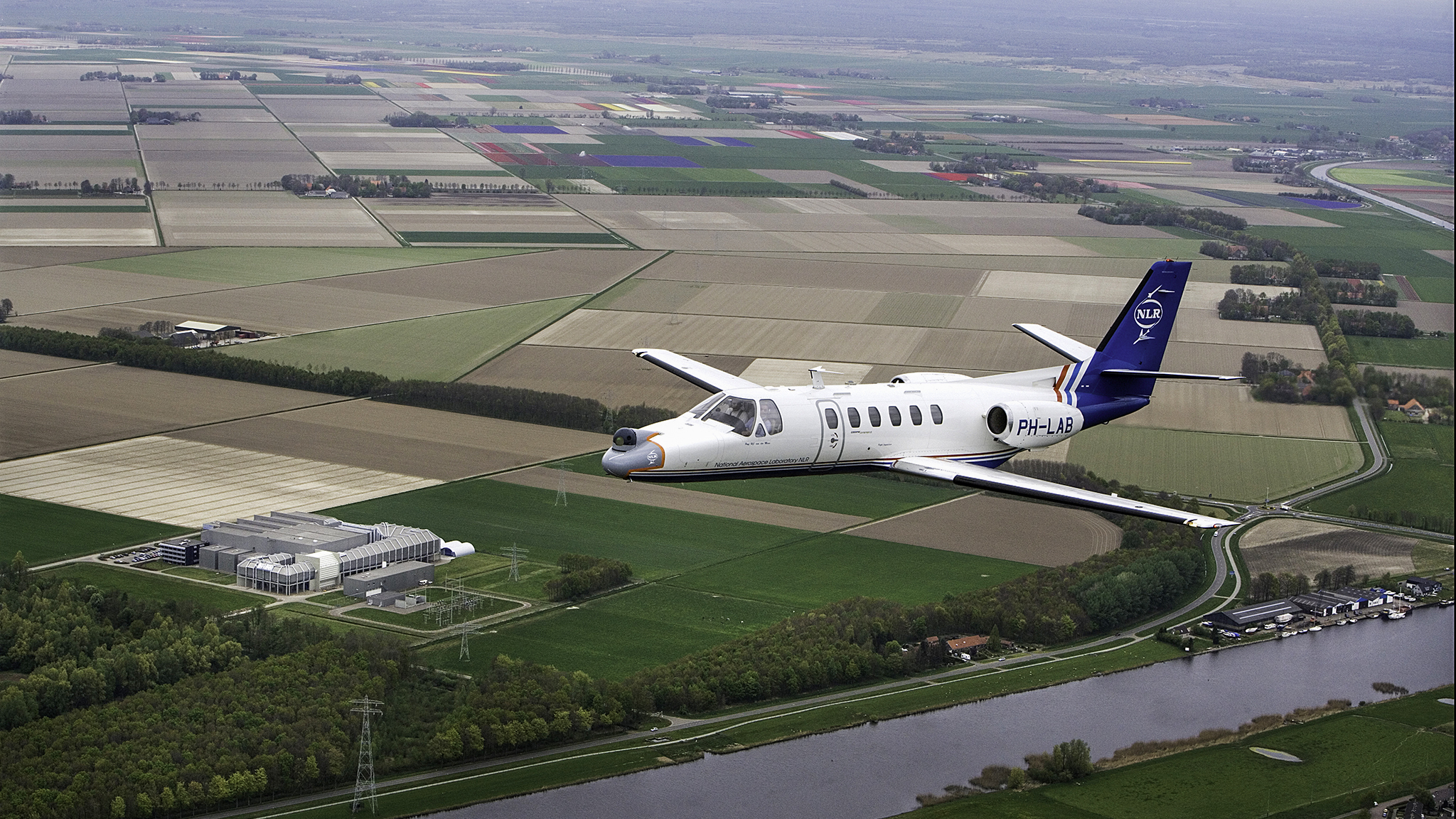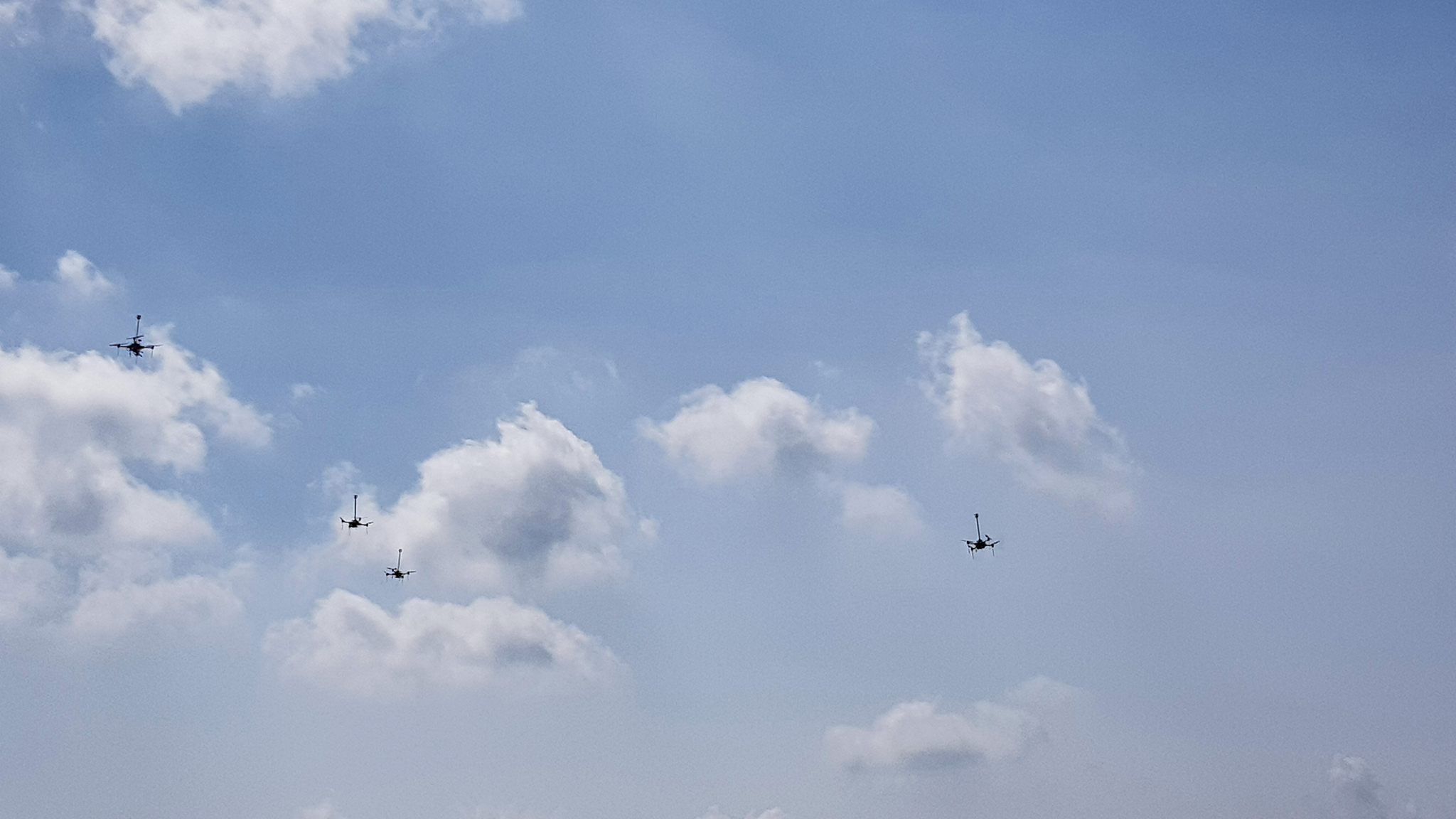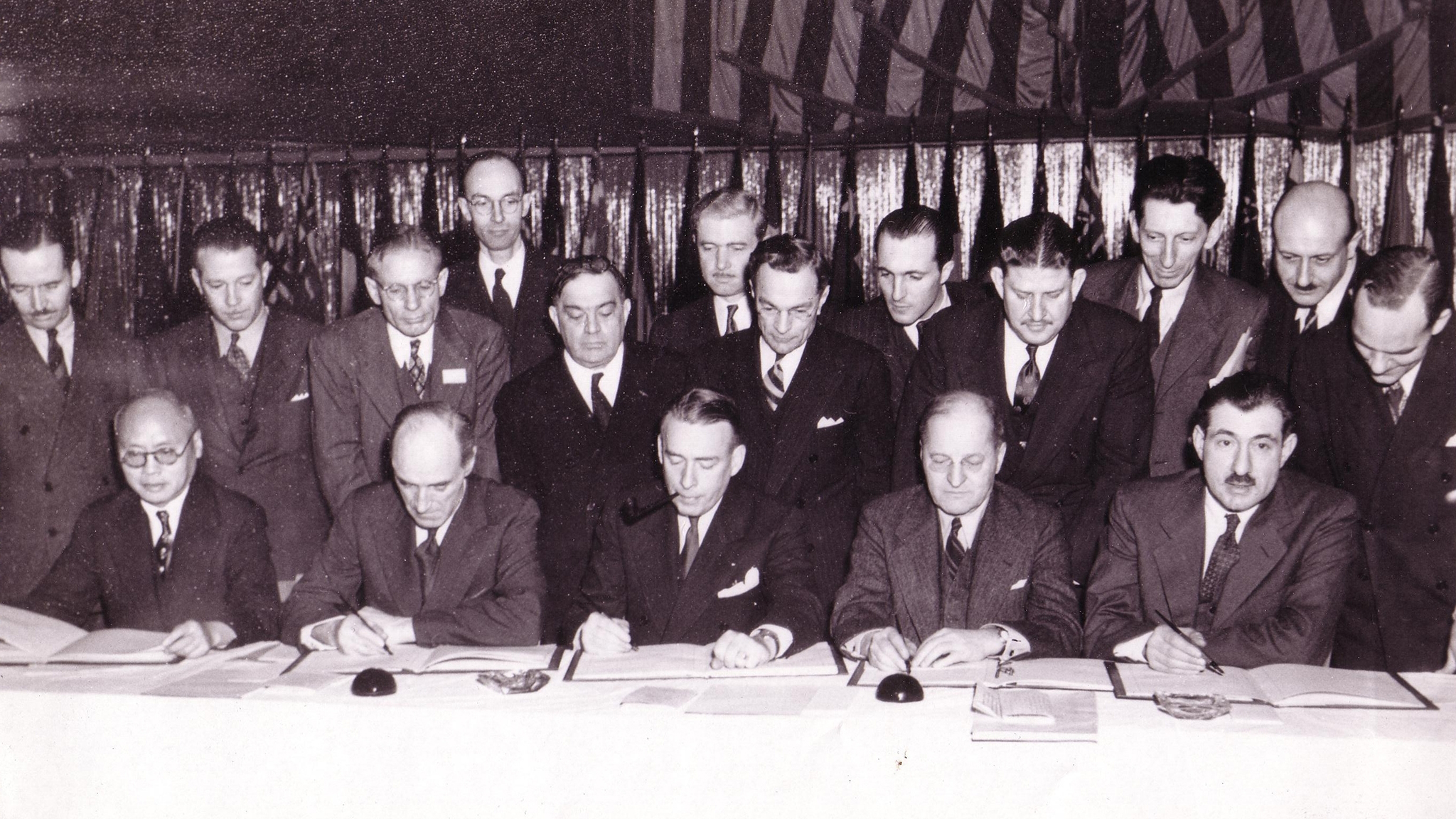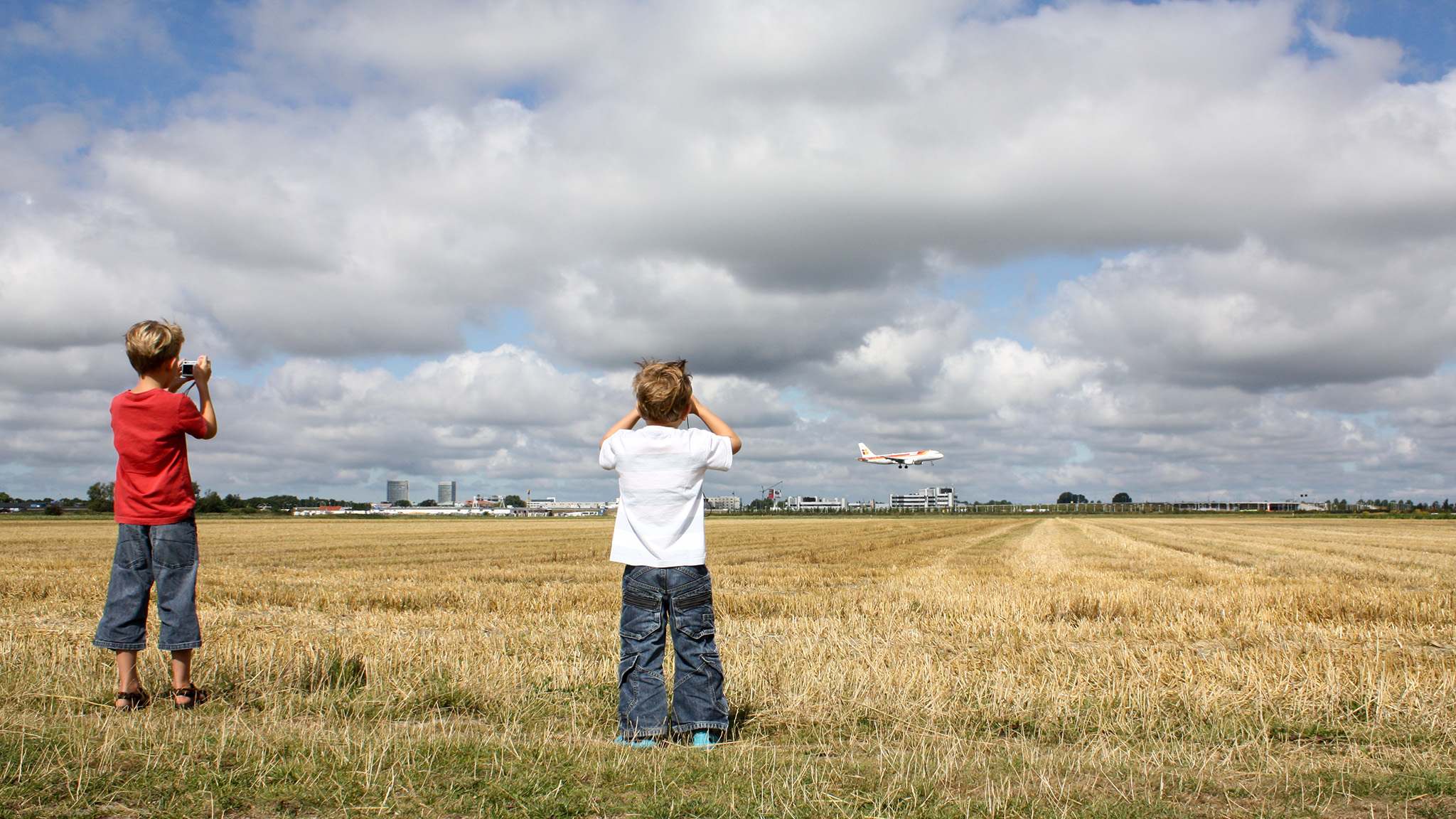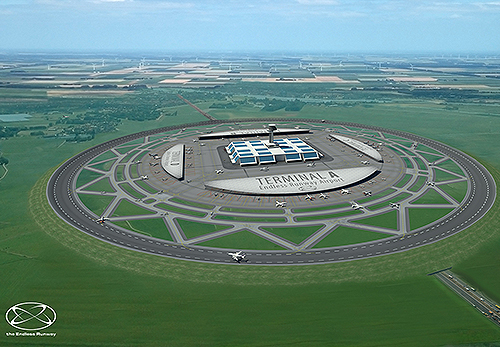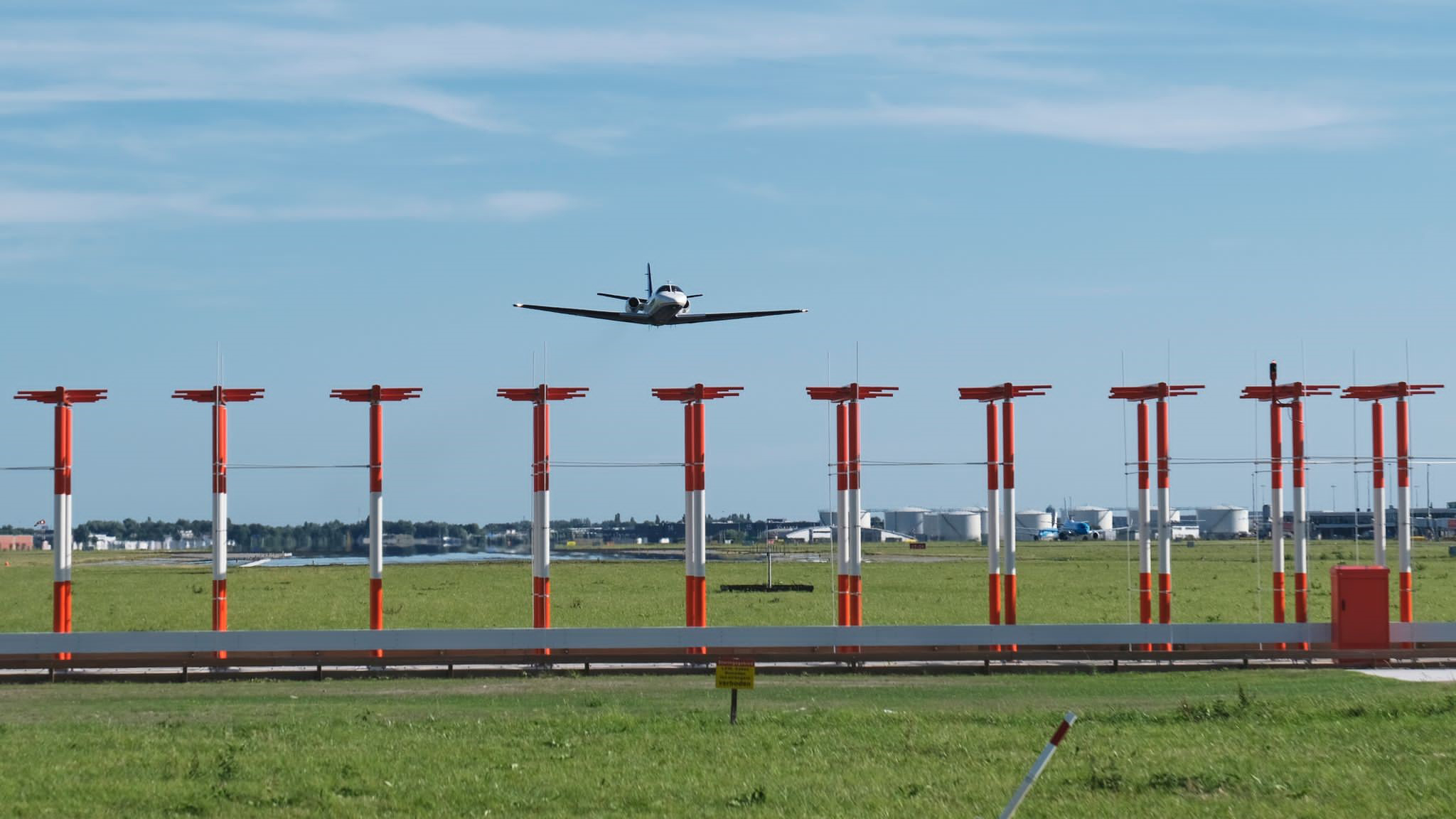
14 August 2023
R&D case: ILS inspection on airports with drones
Instrument Landing Systems (ILS) at airports are periodically calibrated using an aircraft equipped with a Flight Inspection System, such as the NLR Citation II research aircraft. If the ILS works well, and the transmission is free from disturbances, some periodic measurements can be carried out from or near the ground. This comprises Reduced Flight Inspection (ReFI). The main benefits of ReFI are 65% lower calibration cost, 90% less environmental impact (noise, emissions), and higher runway availability. The ground measurements can be carried out via Drone Flight Inspection (DFI). Therefore, NLR has developed DFI.
